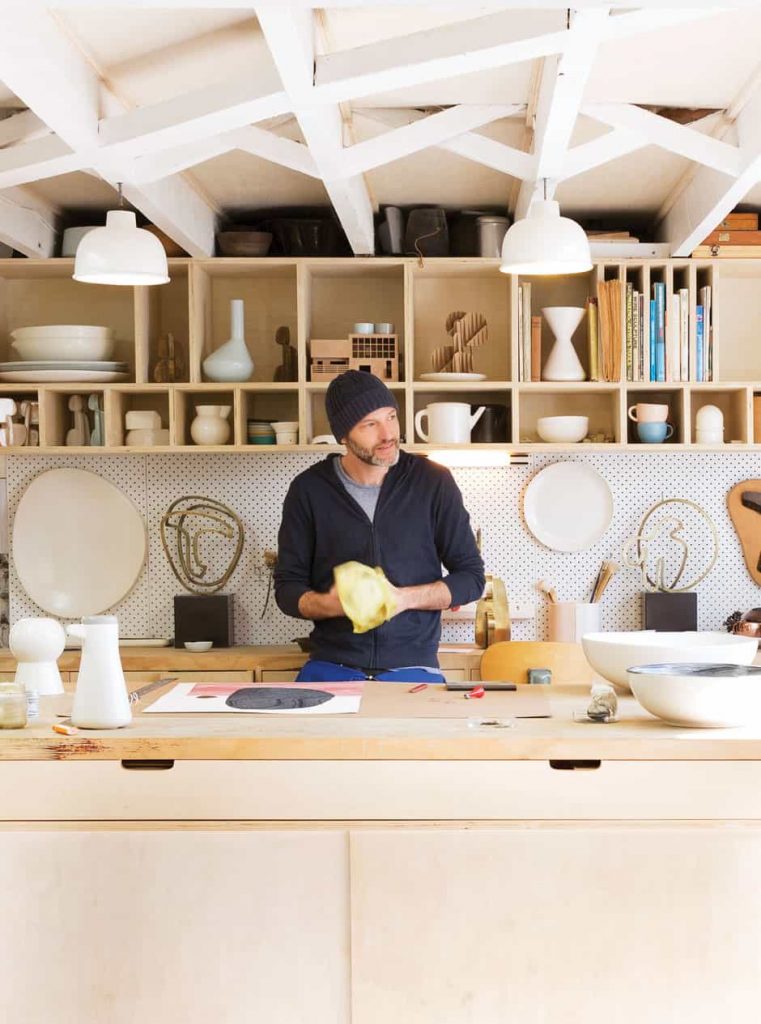Sculptor and then some Gidon Bing opens the door to his home studio.
Downstairs, Beneath his family home in Auckland’s Eastern Bays, Gidon Bing is in his studio, preparing to start work. On any given day, he can be found here and there working on various projects: curvaceous wood and copper sculptures, mixed-media works on paper, product development for commissions and collaborations, and his own line of ceramics. We met Gidon at his HQ to find out more about his many talents.
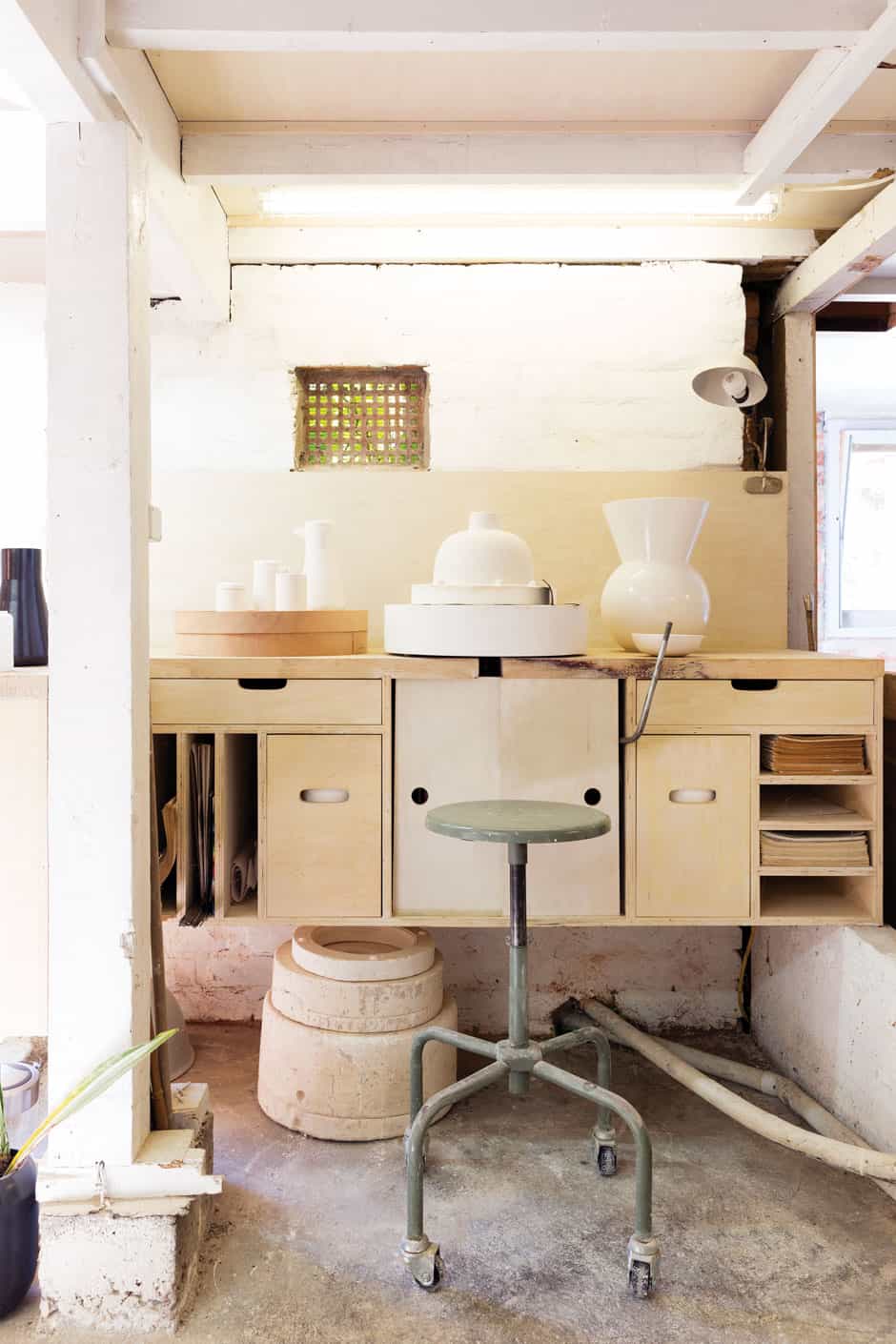
You have a few strings to your creative bow – how do you describe what you do? I’m a sculptor but also work in a few other mediums related to sculpture, such as printmaking, furniture and product design and, of course, ceramics.
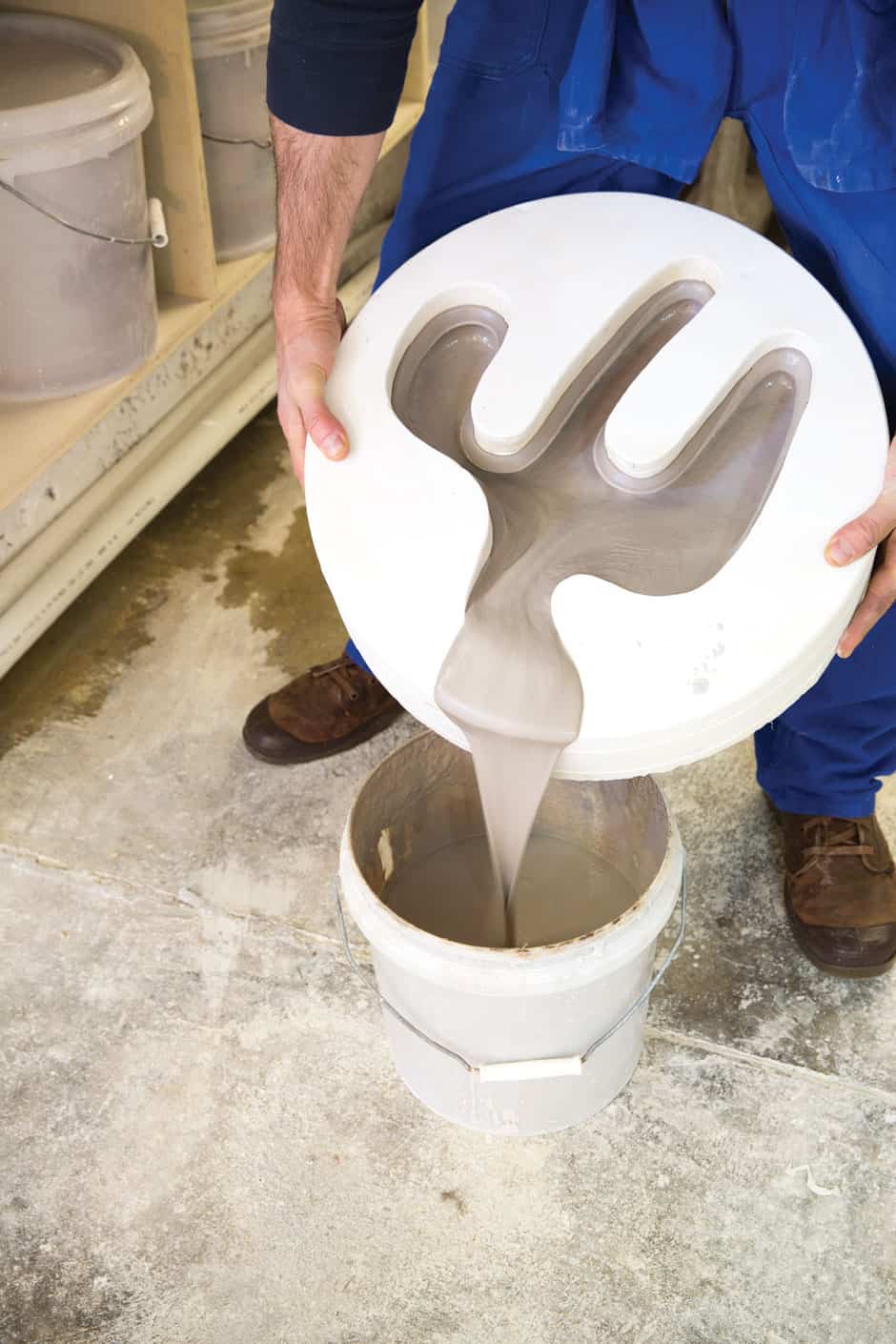
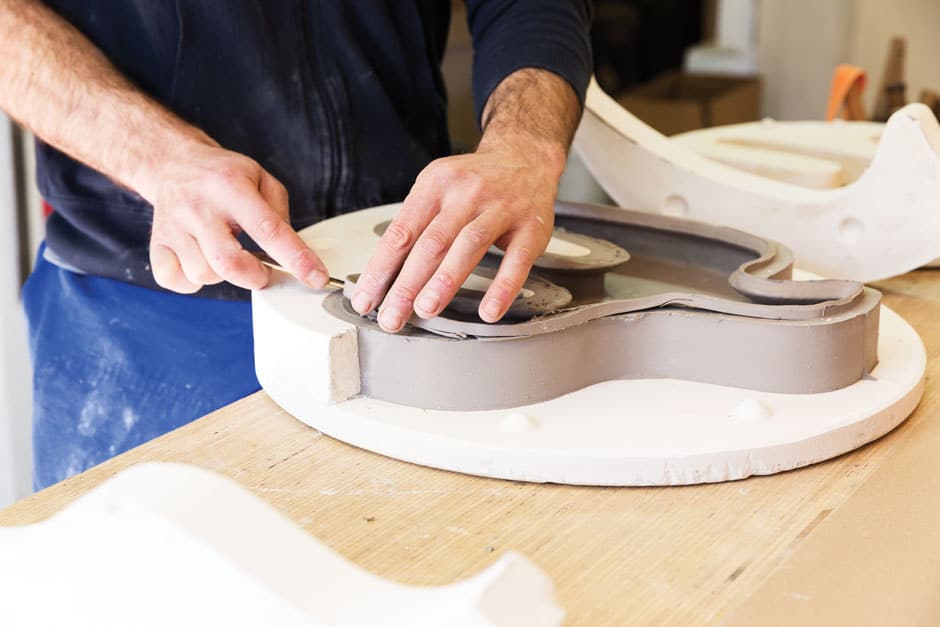
When did you begin working with clay? I learnt basic wheel-throwing when I was a teenager, and later developed new skills from occasional visits and collaborations with master ceramicists. Experimenting with methods for making ceramic sculpture has also influenced the way I approach the design and production of ceramics.
Where do you create? It varies, depending on the project. A lot of the ceramic design and prototyping is done in my home studio, which is set up for ceramics and plaster work, although I sometimes work with other artists and craftspeople in their studios. Most of the sculptural and modelling work, like architectural and furniture model- making, is done in my sculpture studio
[in a boatshed in Orakei Basin]. Does the space influence your work? Yes – both of my studios are set up to house a collection of specialist and handmade tools, jigs and different materials, and experimental forms that I refer back to. Having spaces that other designers and makers can use is good for collaborative work too.

Where do you find ideas? It varies a lot, but familiarity with materials and their strengths and limitations, and a playful and experimental approach to process seem to be ongoing sources. I also have a bunch of influences and interests in areas related to design, such as an appreciation for ceramic artefacts and archaeology and avant garde and Japanese architecture and design. Some of these interests are shared by my family and friends and are interconnected with my family history.

Do you have a typical daily routine in the studio? No – one of the blessings and curses of having varied creative projects and a short attention span is a chaotic routine.
How do your ceramics come to life? The process can be spontaneous, an accidental discovery in the studio, stimulated by or derived from a found object, or a considered design with a lot of attention to function or form. The fabrication of a prototype or model is also varied, ranging from throwing on the wheel, wood or plaster, turning on a lathe or digital design and 3D printing.
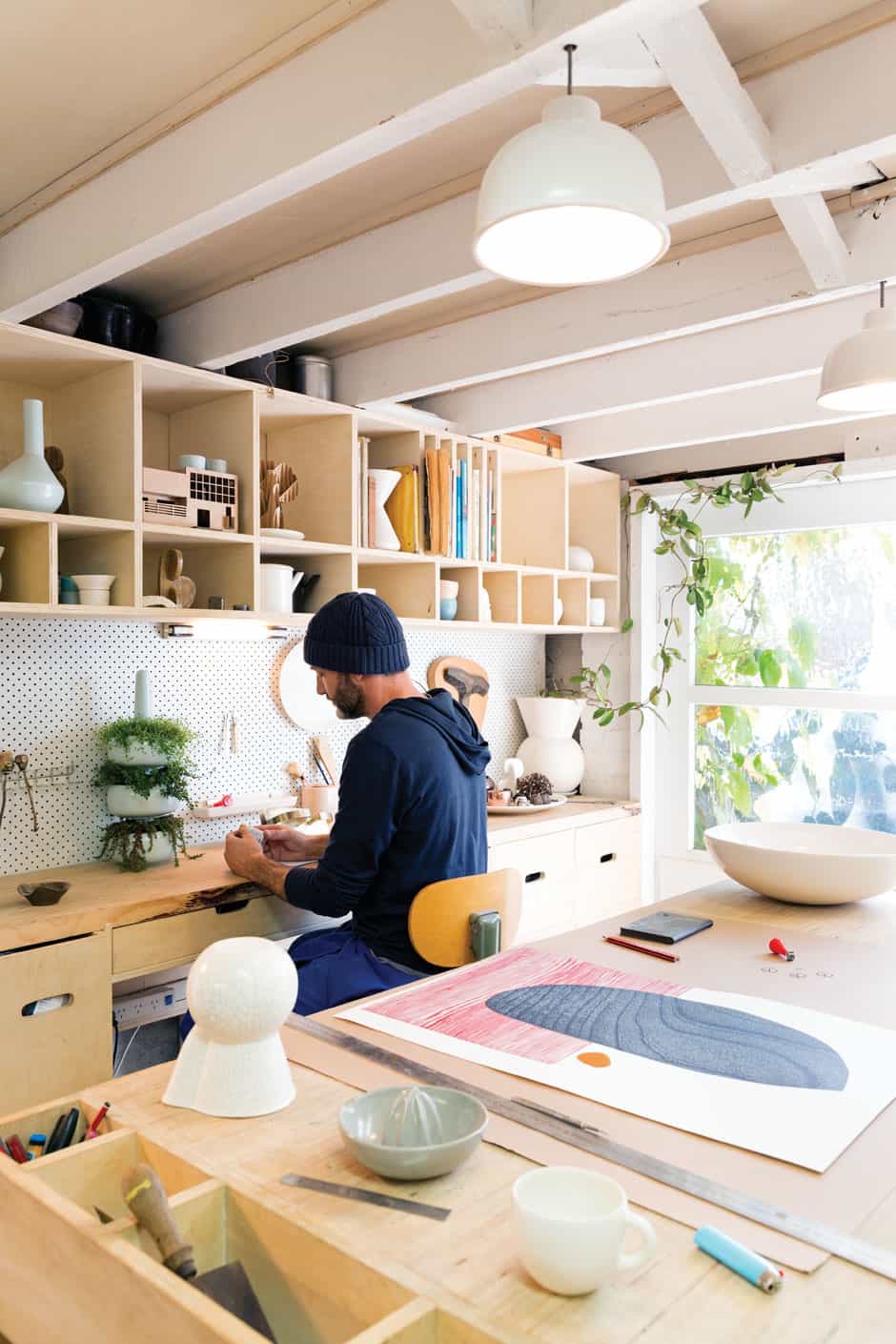
You’re based in Auckland, but your designs have been showcased all over the world. Can you tell us a little bit about the projects you’re involved with internationally? I was lucky to form some good relationships early on with a few agents and designers who’ve been very supportive of and enthusiastic about my work and helped me to develop a modest but dedicated community of collectors for both my sculptural and ceramic work. At the moment, I only have a couple of projects overseas: a new series of brass and copper freestanding sculptures that I’m developing for a gallery in Australia; a new ceramic stockist in the US; and some product design/development/production work for other designers, including Thing Industries.
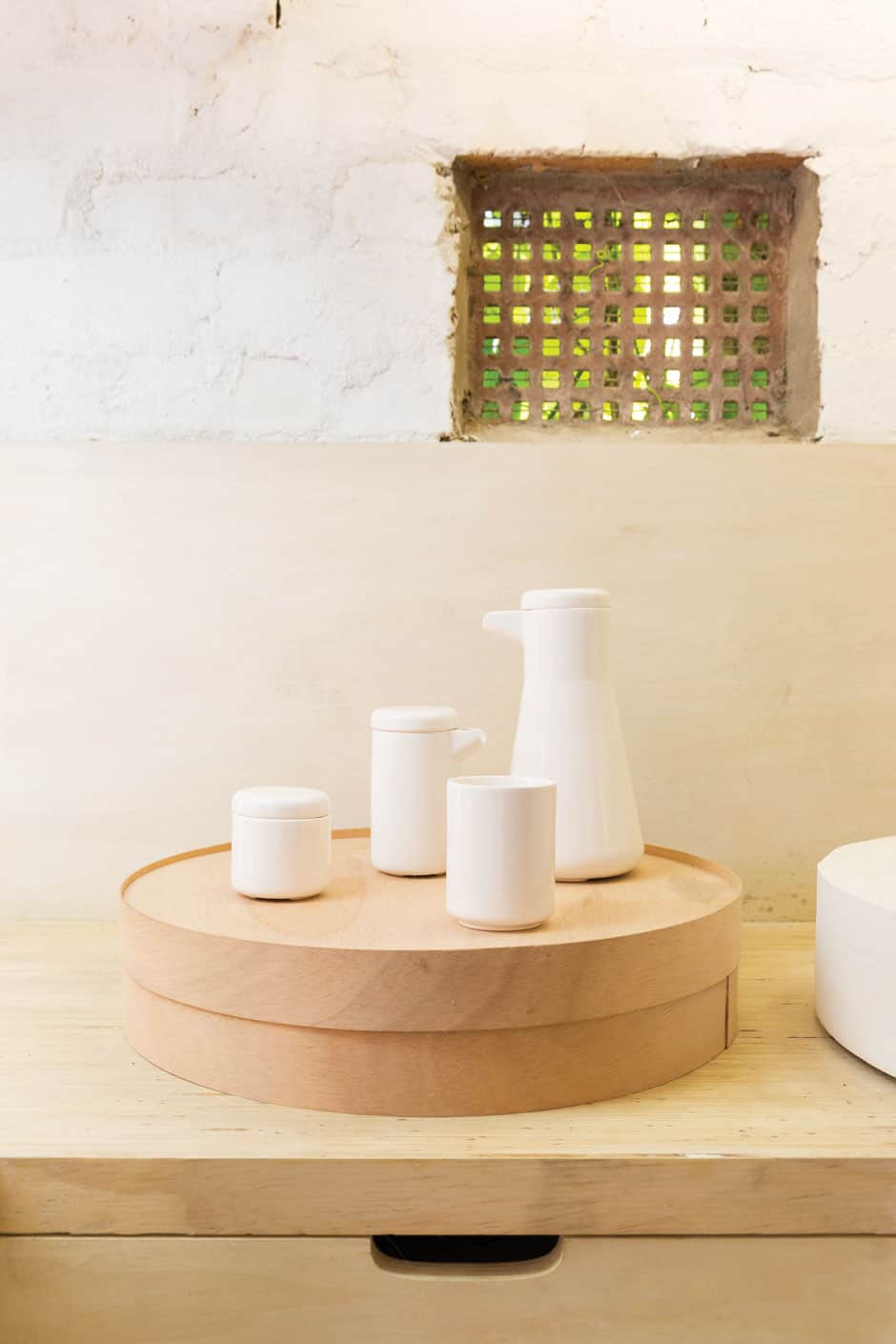
What are you working on at the moment? A large steam-bent wooden sculptural wall relief commission, a twin-wall insulated tea/coffee set, a woodblock print and sculptural exhibition at Tennyson Gallery in Napier, and a plywood shop fit-out design.
Do you have a favourite piece, or a favourite use for the pieces you make? At the moment I’m enjoying drinking out of a handless twin-wall coffee cup. It’s modest and simple but well balanced, feels great in the hand and is thermally insulated, keeping the cup cool and
the coffee hot.
gidonbingceramics.com
Words Alice Lines
Photography Larnie Nicolson

